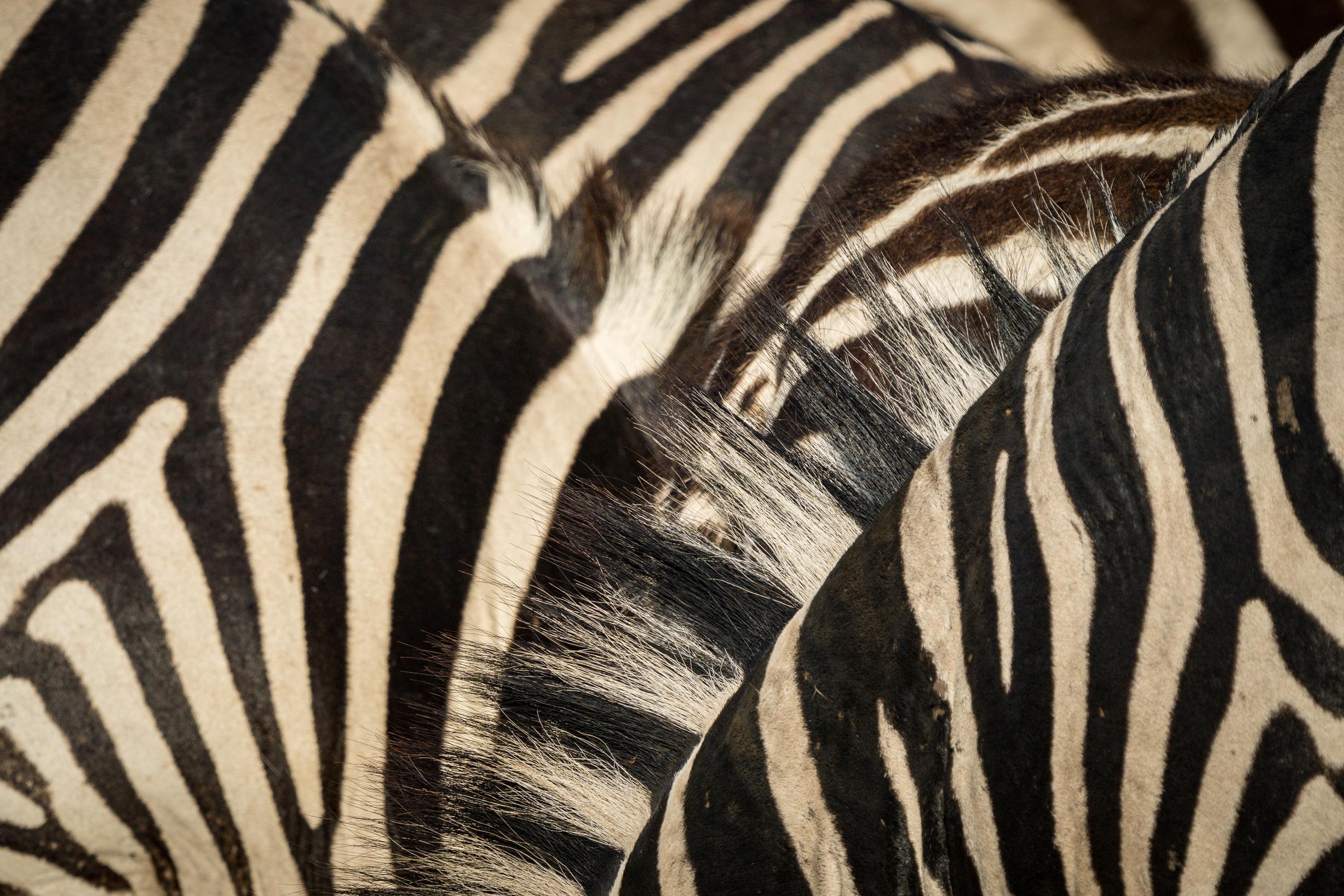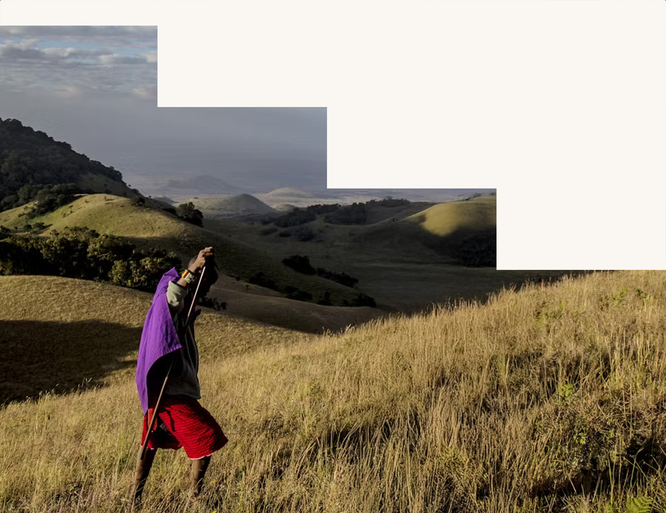Breathing new life into Chyulu Hills
Nestled at the base of Mount Kilimanjaro sits the Chyulu Hills cloud forest. This vast and rolling expanse, believed to have been the inspiration for Ernest Hemingway’s “Green Hills of Africa,” is home to Kenya’s largest population of African elephants and the critically endangered black rhino.
But a series of threats — including rampant deforestation, unchecked poaching and overgrazing — have degraded the land and reduced its ability to support wildlife and people.
With help from government, local nonprofits and Maasai community members, Conservation International-Kenya is implementing a REDD+ initiative that provides economic incentives for protecting, conserving and restoring forest ecosystems in the region. So far, more than 11,000 tree seedlings have been planted across the project area, and almost a million acres of land has been conserved and restored, ensuring that the region's forests can continue to absorb climate-warming carbon.
To help protect the region’s elephants and rhinos, carbon revenues are used to employ forest rangers, build elephant-proof fencing and create firebreaks to better manage wildfires.
And with support from Apple, Conservation International-Kenya is working to restore tens of thousands of hectares of grasslands in the area, supporting the livelihoods of the Maasai people who practice sheep, goat and cattle farming in the region.


